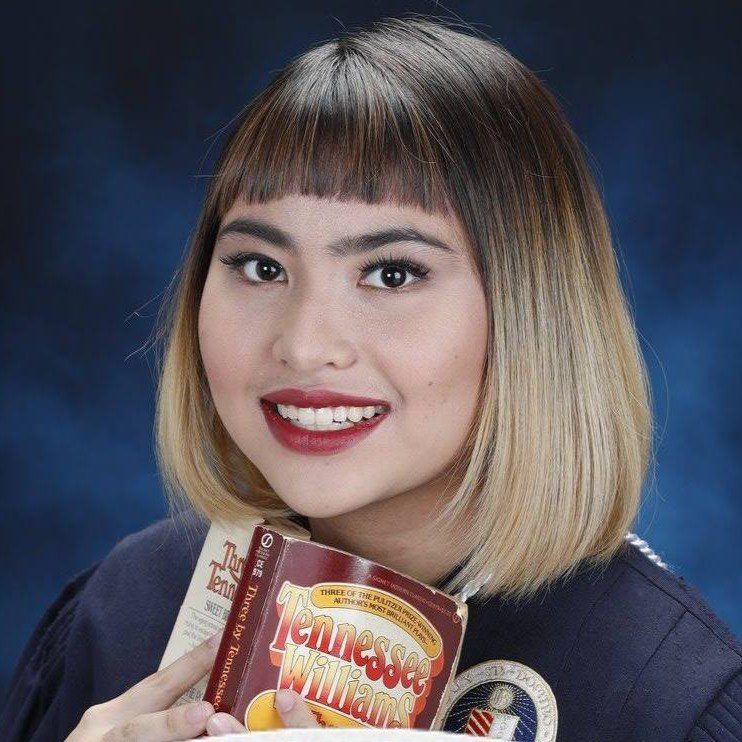Table of Contents
ToggleAs a business owner, understanding the employee life cycle (ELC) is crucial to building a thriving organisation. The ELC represents the journey an employee takes from the moment they first interact with your company until their departure. By effectively managing each stage of this cycle, you can enhance employee satisfaction, boost productivity, and reduce turnover. We’ll guide you through the key stages of the employee life cycle and offer insights on how to optimise each phase.
1. Attraction
Attracting the Right Talent
The first stage of the employee life cycle is attraction. This involves creating a strong employer brand and effectively marketing your company to potential candidates.
Key Strategies:
- Employer Branding: Build a compelling employer brand that showcases your company culture, values, and benefits. Use social media, your company website, and job boards to highlight what makes your organisation a great place to work.
- Targeted Recruitment Marketing: Develop targeted recruitment campaigns to reach your ideal candidates. Use data-driven approaches to identify where your potential employees spend their time and tailor your messaging accordingly.
2. Recruitment
Selecting the Best Fit
The recruitment stage is where you actively seek out and hire new employees. This process is critical as it sets the foundation for a successful employment relationship.
Key Strategies:
- Structured Interviews: Use structured interviews with standardised questions to ensure fairness and consistency. This approach helps you evaluate candidates based on relevant criteria rather than subjective impressions.
- Assessment Tools: Implement assessment tools to measure candidates’ skills, personality traits, and cultural fit. These tools can provide valuable insights beyond what a resume and interview can offer.
3. Onboarding
Smooth Integration into the Company
Onboarding is the process of integrating new hires into your organisation. A well-structured onboarding program can significantly impact employee retention and performance.
Key Strategies:
- Comprehensive Orientation: Provide a comprehensive orientation that covers company policies, procedures, and culture. Introduce new employees to their team and key stakeholders.
- Mentorship Programs: Pair new hires with experienced mentors who can guide them through the initial stages of their employment. Mentorship fosters a sense of belonging and accelerates the learning curve.
Read more: Crafting an Effective Employee Onboarding Plan: A Guide for Business Owners and HR Professionals
4. Development
Investing in Employee Growth
Development involves providing employees with opportunities to grow and advance their careers within your organisation. This stage is vital for maintaining engagement and motivation.
Key Strategies:
- Training Programs: Offer regular training programs to enhance employees’ skills and knowledge. This could include workshops, online courses, and conferences.
- Career Pathing: Develop clear career paths and provide employees with the resources and support they need to progress. Regularly discuss career goals and provide feedback.
5. Retention
Keeping Top Talent Engaged
Retention focuses on keeping your best employees engaged and committed to your organisation. High turnover can be costly and disruptive, so retaining top talent should be a priority.
Key Strategies:
- Employee Recognition: Recognize and reward employees for their hard work and contributions. This can be done through formal recognition programs, bonuses, or simple gestures of appreciation.
- Work-Life Balance: Promote a healthy work-life balance by offering flexible work arrangements, wellness programs, and supportive policies.
6. Separation
Managing the End of Employment
The final stage of the employee life cycle is separation, which occurs when an employee leaves your organisation. This stage should be managed with care to ensure a smooth transition for both parties.
Key Strategies:
- Exit Interviews: Conduct exit interviews to gain insights into why employees are leaving and identify areas for improvement. Use this feedback to refine your employee retention strategies.
- Offboarding Process: Implement a structured offboarding process that includes knowledge transfer, return of company property, and final paperwork. Ensure departing employees leave on good terms, as they can become ambassadors for your brand.
How Employer of Record Services can fit in to the Employee Life Cycle
Employer of record (EOR) services can significantly streamline the employee life cycle by handling complex administrative and legal aspects of employment, particularly for businesses expanding internationally. At the attraction and recruitment stages, EOR providers facilitate global hiring by managing local compliance with labour laws, which ensures a smooth and lawful recruitment process. During onboarding, EOR services take care of employment contracts, benefits administration, and payroll, allowing new hires to integrate seamlessly into the organisation regardless of their location. This streamlined approach not only reduces administrative burdens but also enhances the candidate and new hire experience, ensuring a positive start to the employee life cycle.
Throughout the development and retention stages, EOR providers continue to support businesses by managing ongoing HR functions such as tax compliance, employee benefits, and regulatory updates. This enables HR professionals to focus on employee engagement, development programs, and performance management without getting bogged down by administrative tasks. During the separation stage, EOR services handle offboarding processes, ensuring that legal requirements are met and that departing employees transition smoothly, thus maintaining a positive employer brand. Overall, EOR services provide comprehensive support across the entire employee life cycle, enhancing operational efficiency and compliance while enabling businesses to focus on strategic HR initiatives.
Conclusion
Understanding and optimising each stage of the employee life cycle is essential for building a successful and sustainable business. By attracting the right talent, providing a positive onboarding experience, investing in employee development, and managing separations effectively, you can create a work environment where employees thrive. As a business owner, your commitment to each stage of the ELC will pay dividends in the form of increased employee satisfaction, loyalty, and overall business performance.
Partnering with an EOR service like Eos is a smart, strategic move. Contact us today and check our services here.







